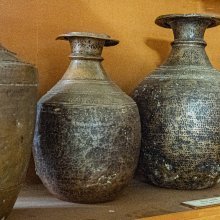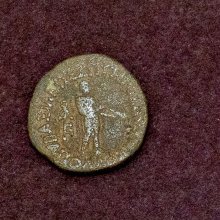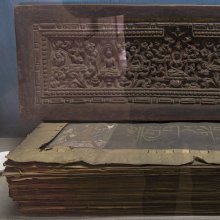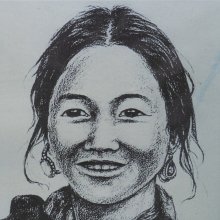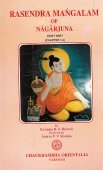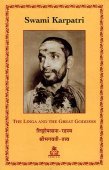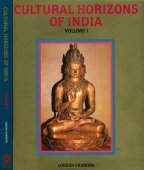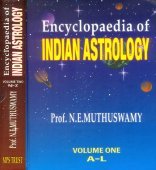Devanagari, Dēvanāgarī, Devanāgarī, Deva-nagari: 9 definitions
Introduction:
Devanagari means something in Hinduism, Sanskrit, Marathi, Hindi. If you want to know the exact meaning, history, etymology or English translation of this term then check out the descriptions on this page. Add your comment or reference to a book if you want to contribute to this summary article.
Alternative spellings of this word include Devnagri.
Images (photo gallery)
(+161 more images available)
In Hinduism
Jyotisha (astronomy and astrology)
Source: Wikibooks (hi): Sanskrit Technical TermsDevanāgarī (देवनागरी).—(also called nāgarī) The name of the script most commonly used to write Sanskrit. Note: Deva-nāgarī is a Sanskrit technical term used in ancient Indian sciences such as Astronomy, Mathematics and Geometry.
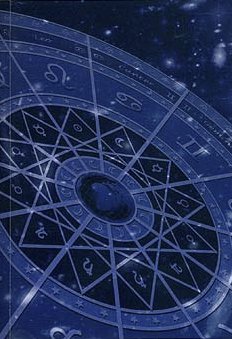
Jyotisha (ज्योतिष, jyotiṣa or jyotish) refers to ‘astronomy’ or “Vedic astrology” and represents the fifth of the six Vedangas (additional sciences to be studied along with the Vedas). Jyotisha concerns itself with the study and prediction of the movements of celestial bodies, in order to calculate the auspicious time for rituals and ceremonies.
Languages of India and abroad
Marathi-English dictionary
Source: DDSA: The Molesworth Marathi and English Dictionarydēvanāgarī (देवनागरी).—f (S Relating to the town dēvanagara.) The Sanskrit character or alphabet.
Source: DDSA: The Aryabhusan school dictionary, Marathi-Englishdēvanāgarī (देवनागरी).—f The Sanskrit character or alphabet.
Marathi is an Indo-European language having over 70 million native speakers people in (predominantly) Maharashtra India. Marathi, like many other Indo-Aryan languages, evolved from early forms of Prakrit, which itself is a subset of Sanskrit, one of the most ancient languages of the world.
Sanskrit dictionary
Source: DDSA: The practical Sanskrit-English dictionaryDevanāgarī (देवनागरी).—Name of the character in which Sanskrit is usually written.
Devanāgarī is a Sanskrit compound consisting of the terms deva and nāgarī (नागरी).
Source: Cologne Digital Sanskrit Dictionaries: Monier-Williams Sanskrit-English DictionaryDevanāgarī (देवनागरी):—[=deva-nāgarī] [from deva] f. ‘divine city writing’, Name of the character in which Sanskṛt is usually written ([probably] from its having originated in some city), [Colebrooke; Monier-Williams’ Buddhism 66, 1.]
[Sanskrit to German]
Sanskrit, also spelled संस्कृतम् (saṃskṛtam), is an ancient language of India commonly seen as the grandmother of the Indo-European language family (even English!). Closely allied with Prakrit and Pali, Sanskrit is more exhaustive in both grammar and terms and has the most extensive collection of literature in the world, greatly surpassing its sister-languages Greek and Latin.
Hindi dictionary
Source: DDSA: A practical Hindi-English dictionaryDevanāgarī (देवनागरी) [Also spelled devnagri]:—(nf) the script which evolved in India during the post-Gupta era and ultimately developed into a systematic and scientific instrument of writing during the 10th and 11th centuries A.D. Scholars have attributed, though not conclusively, various reasons for its nomenclature. It is the script, at present, adopted for writing Hindi: and Marathi: in their respective areas and for Sanskrit all over India; —[akṣara] Dev:nagri: character(s); —[varṇamālā] the Devnagri: alphabet.
...
Kannada-English dictionary
Source: Alar: Kannada-English corpusDēvanagari (ದೇವನಗರಿ):—[noun] Amarāvati, the city of gods.
--- OR ---
Dēvanāgari (ದೇವನಾಗರಿ):—[noun] the alphabet with some syllabic features derived from Brahmi, used for the writing of Sanskrit (Saṃskřta).
Kannada is a Dravidian language (as opposed to the Indo-European language family) mainly spoken in the southwestern region of India.
See also (Relevant definitions)
Partial matches: Deva, Nagari, Nakari, Teva.
Full-text (+32): Nagari, Balabodha, Devapura, Petfoyo, Balabandhu, Balabamdu, Tra, Dico, Okara, Gurumukhi, Brahmi, I, Sheersh-rekha, Ca, Anuswaar, Pa, Pancarna, Bagalamukhi, Cha, Varga.
Relevant text
Search found 45 books and stories containing Devanagari, Deva-nagari, Deva-nāgarī, Dēva-nagari, Dēva-nāgari, Dēvanāgarī, Devanāgarī, Dēvanagari, Dēvanāgari; (plurals include: Devanagaris, nagaris, nāgarīs, nāgaris, Dēvanāgarīs, Devanāgarīs, Dēvanagaris, Dēvanāgaris). You can also click to the full overview containing English textual excerpts. Below are direct links for the most relevant articles:
Varahi Tantra (English Study) (by Roberta Pamio)
Chapter 1 - The origin of the Vārāhī Tantra < [Summary of the Vārāhī Tantra]
Apastamba Yajna-paribhasa-sutras (by Hermann Oldenberg)
Sripura (Archaeological Survey) (by Bikash Chandra Pradhan)
Sahitya-kaumudi by Baladeva Vidyabhushana (by Gaurapada Dāsa)
Text 11.7 < [Chapter 11 - Additional Ornaments]
The Skanda Purana (by G. V. Tagare)
Chapter 80 - The Greatness of Nandikeśvara (nandika-īśvara-tīrtha) < [Section 3 - Revā-khaṇḍa]
Chapter 229 - Birth of Bhṛṅgīriṭi < [Section 1 - Tīrtha-māhātmya]
Chapter 21 - Śiva Praises Pārvatī < [Section 3b - Arunācala-khaṇḍa (Uttarārdha)]
The Bhagavata Purana (by G. V. Tagare)
Marāṭhī Commentators of the Bhāgavata Purāṇa < [Appendices]
Related products

